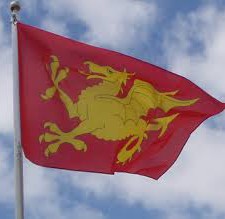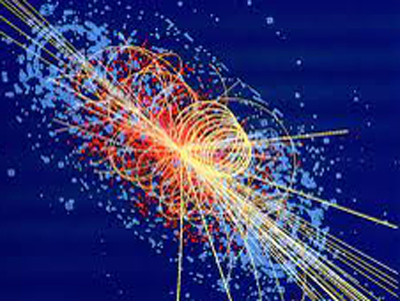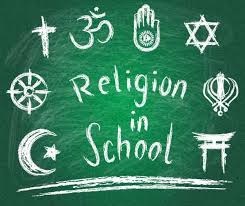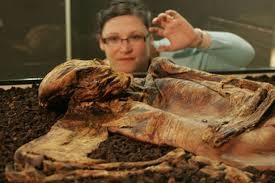Is Christmas Christian?
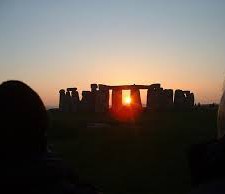
Why December the 25th?
The main problem in trying to establish the date of Christ’s birth is that there simply isn’t any real evidence to go on. The gospels don’t provide any dating evidence apart from the reported roman census and an astronomical phenomena, the star, to go on. Nowhere in the gospels is the date of conception or birth actually mentioned. Unfortunately there seems to be no records of any census undertaken in that period, strange as the Romans were methodical record keepers, and research has shown no contemporary records of any astronomical event sufficient to pinpoint a date to more than a few years accuracy let alone an actual day.
This wasn’t a problem for the early church as birthdays were not seen as something to actually celebrate so the only interest in establishing the date was purely theological. The main problem is that despite the hard work of the theologians, they generally met with a stunning lack of success in actually agreeing on a date.

